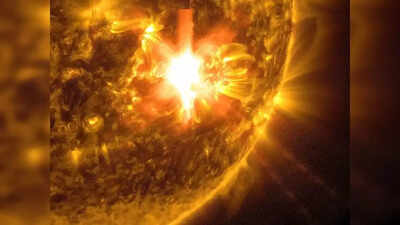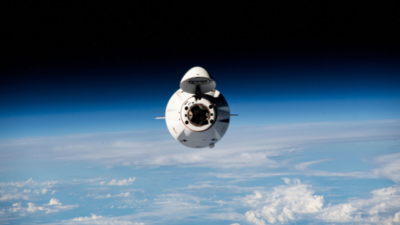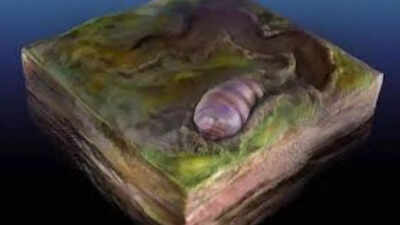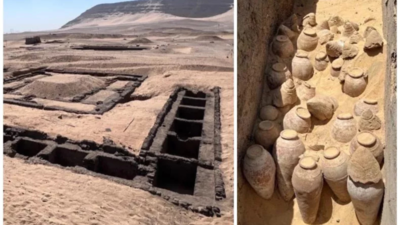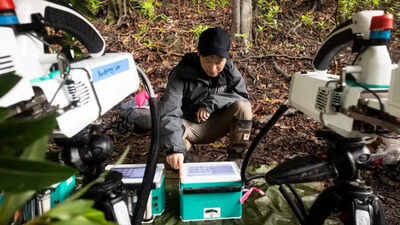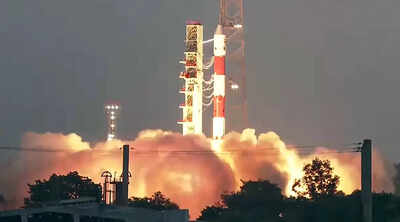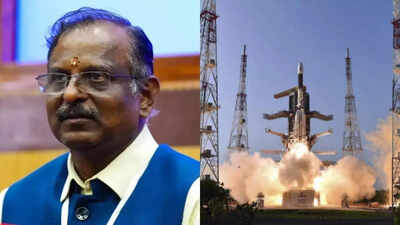
ISRO chief announces 2025 as ‘Gaganyaan Year’ with first mission featuring Vyommitra robot to launch in December |
ISRO Chairman Dr. V. Narayanan made a historic announcement, declaring 2025 the ‘Gaganyaan Year’ as India enters a new era of human spaceflight aspirations. Addressing a function in Kolkata, Narayanan projected ISRO’s aggressive agenda for the next few years, comprising several human and robotic missions, a space station, and historic international collaborations.With the announcement, ISRO…

